Rapidly Changing Images
Text and Photos by Joe Galkowski
One of the things that still surprises me as a wildlife photographer is how an individual animal can look so very different in a series of images. The look of the animal can often change dramatically due to pose, color and quality of the light, lighting angle, and angle of view.
Since I often shoot at sunrise and sunset, light is rapidly changing and the result is that images taken just minutes apart sometimes look as if the animal’s coloration is different.
The below series of Great Horned Owl images were taken in a thirty minute period. They are all the same bird. No extra photoshop processing was used here, other than cropping and a touch of dodging and burning. The eyes were not touched at all. The ground shot was taken after sunset whereas the fluffy image was taken about fifteen minutes before sunset. With the other two shots occurring in between.


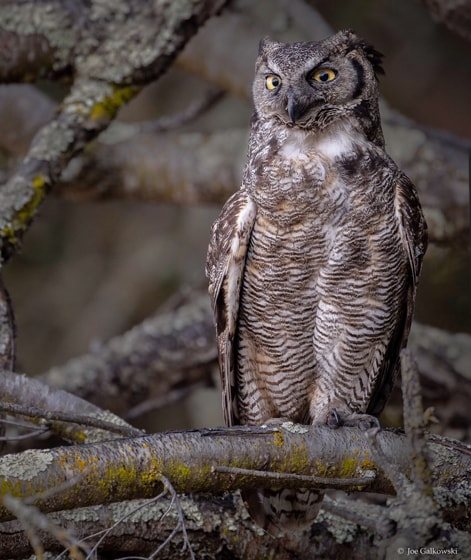
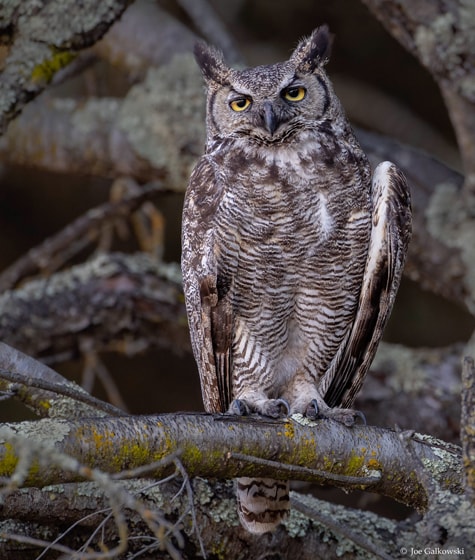
Hardly looks like the same bird!
Joe Galkowski has been a wildlife photographer and a student of nature for over thirty years. As a retired, recovering engineer he can now spend more time in the wilderness watching how our local wildlife live their lives.
Editors Note: Are you, too, out in the field with your lens noticing the changing images of the birds you see? Do you want to share some of your favorites? Consider submitting your photos for consideration for our 2020 Birds of the San Francisco Bay Area Calendar. For more information go to goldengatebirdalliance.org/calendar-photos-2020/…

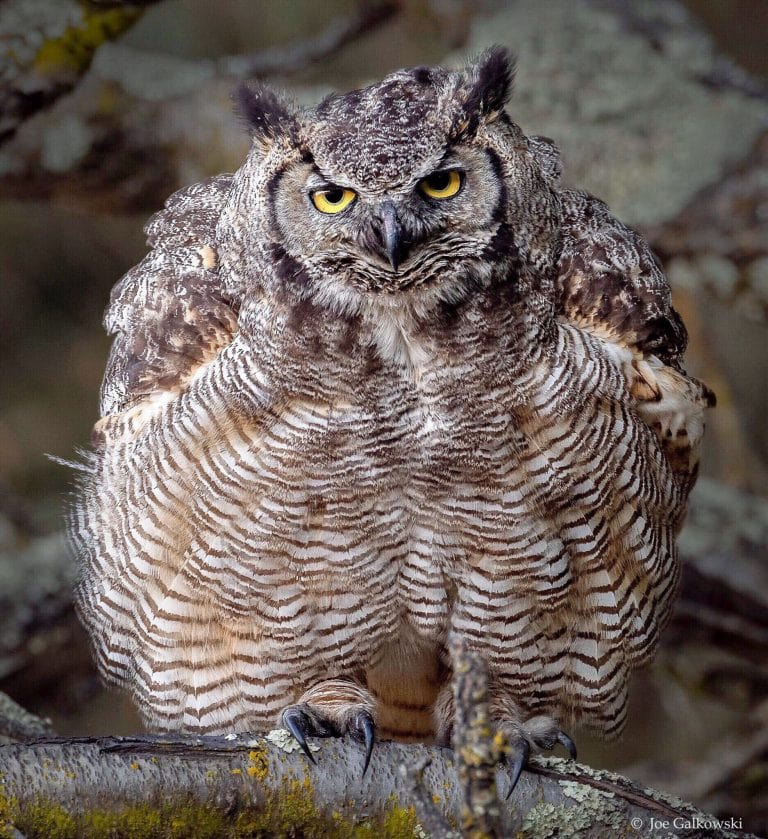
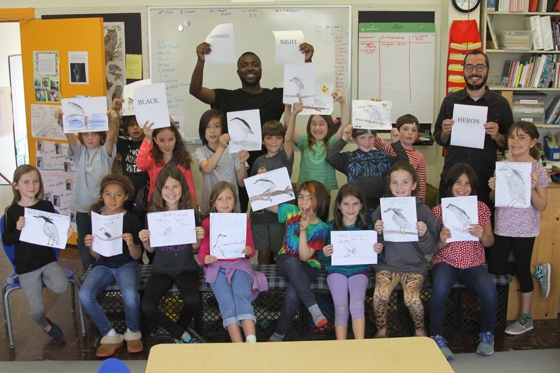
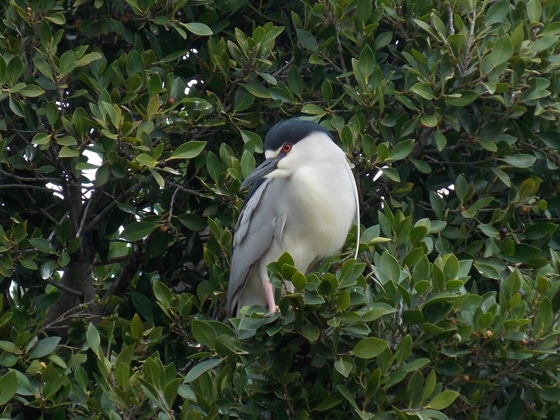 Black-crowned Night-Heron by Cindy Margulis
Black-crowned Night-Heron by Cindy Margulis
 3rd grade bird art from Park Day student
3rd grade bird art from Park Day student
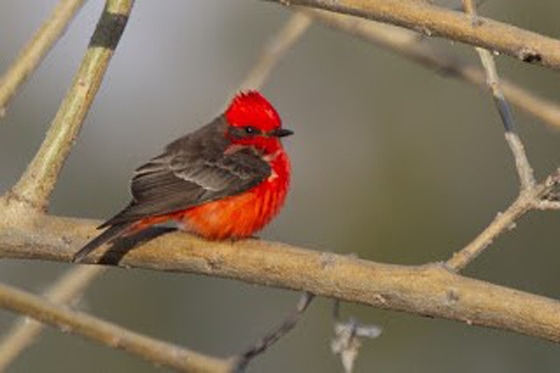
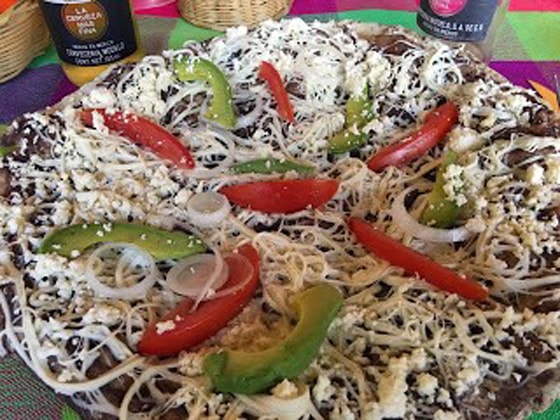
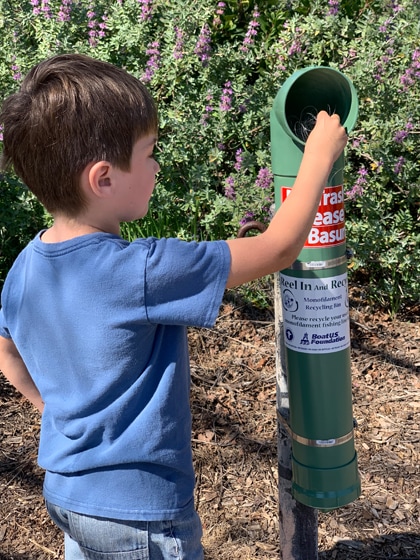
 Double-crested Cormorant at Heather Farms Park
Double-crested Cormorant at Heather Farms Park

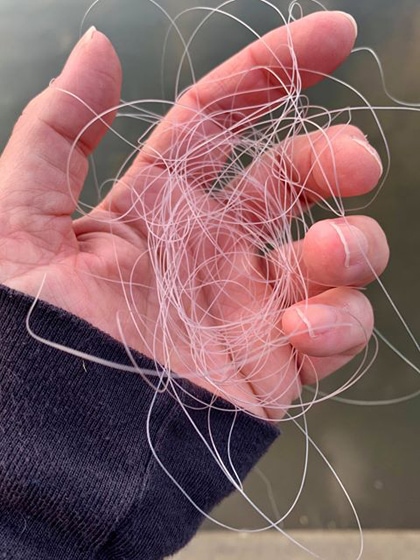
 Monofilament recycling receptacle built by GGBA volunteers.
Monofilament recycling receptacle built by GGBA volunteers.
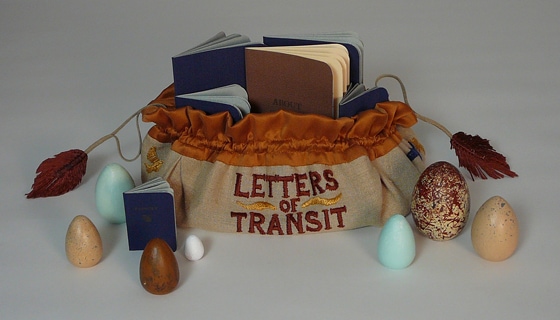
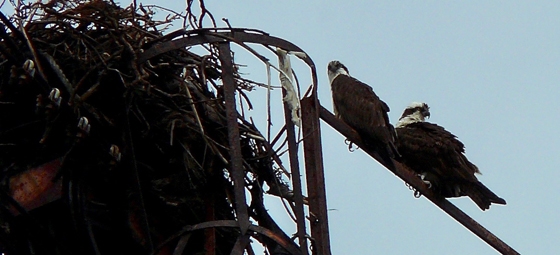 Richmond and Rosie, March 27, 2019
Richmond and Rosie, March 27, 2019
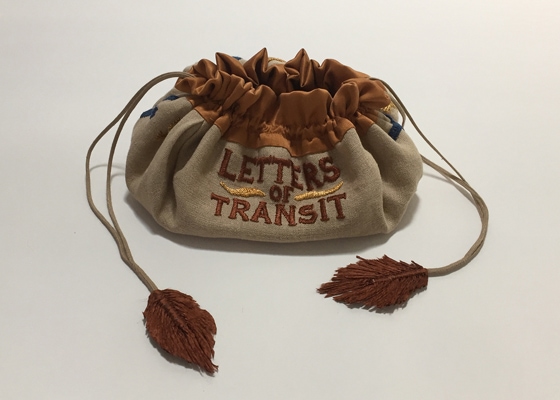
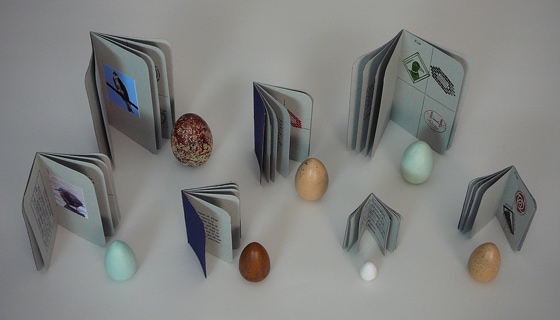 Top (L to R): Osprey, Black Oystercatcher, Mallard Bottom (L to R): Green Heron, White-tailed Kite, Anna’s Hummingbird, American Coot
Top (L to R): Osprey, Black Oystercatcher, Mallard Bottom (L to R): Green Heron, White-tailed Kite, Anna’s Hummingbird, American Coot